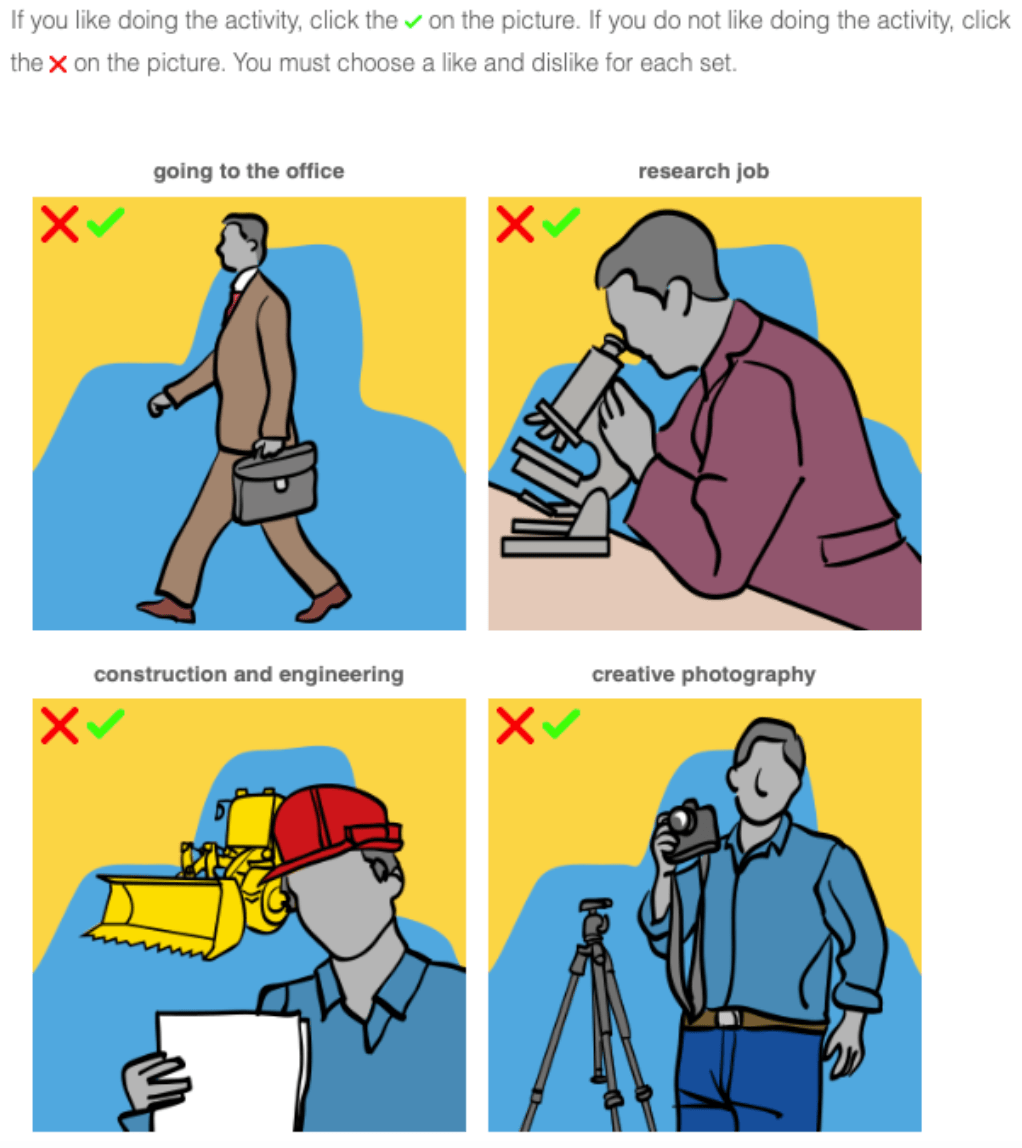
A lateral transfer is when an employee takes a position in a department or office that's different from their current one. Both the employee, and the employer can benefit. The lateral move may not have the same level of responsibility or pay as the employee's previous job, but it can still provide an opportunity for career development and growth.
A promotion on the other is an increase in pay or responsibilities. This is often the result of a successful performance evaluation or an employer who realizes that the employee has potential for advancement within the company.
They are both used interchangeably by business people, but there are differences. A lateral move is usually a new role with higher responsibilities that demands the same skills of the previous job.

Some employers may also view it as a negative if the pay is lower than that of the previous job.
Lateral moves often require a lot of planning and negotiation on behalf of the employee and their supervisor. This process may take several months or even a few years. Talk to your manager about the lateral movement in advance.
A lateral change can sometimes be the answer to a difficult working environment, or even a conflict. If, for example, an employee's boss has become hostile towards them, or the company culture is toxic it might be time to move. A lateral move to another department can offer new responsibilities or opportunities that will allow the employee to re-engage with their work.
Besides the fact that it can be a good way to boost your career, a lateral move can also have a positive effect on your personal life. For instance, you'll meet new coworkers at the new company and develop friendships that may last a lifetime. Having more people in your social circle can be great for your mental health, which can have a profound impact on how you perform at work and in your personal life.

A lateral move also exposes you to a different culture or way of doing things. You will gain a better understanding of what it is like to work in the corporate world.
You can use it to escape a job rut or to shake up your routine if you are tired of the one you have. It can also be a good move for someone who's just starting out in their career, but who needs to gain experience before they jump to a new role at a larger organization.
A lateral shift can be beneficial for both the employee and the company. Some companies may not want an experienced and highly qualified employee to leave a department, for fear of losing the talent or ability to be able to lead.